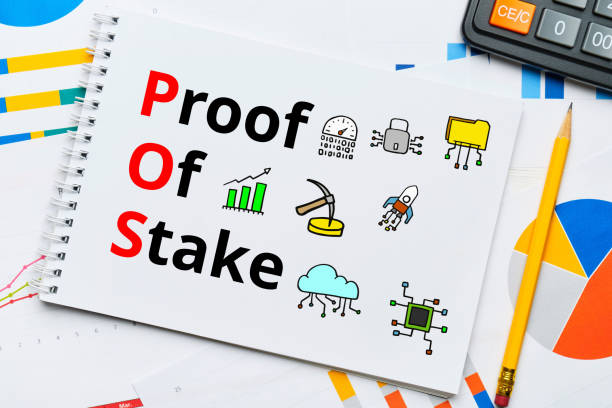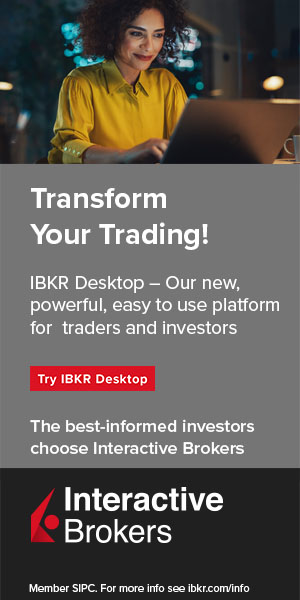Imagine a bustling marketplace for digital assets. Transactions need verification, but unlike traditional systems with central authorities, cryptocurrency relies on decentralized networks. Here’s where Proof-of-Work (PoW) and Proof-of-Stake (PoS) step in – two contrasting approaches to ensuring transaction legitimacy and network security. Both aim to deter fraud through economic incentives, but their methods are as different as night and day.

PoW: The Green Conundrum
PoW resembles a computational arms race. Miners compete to solve cryptographic puzzles, with the winner earning the right to validate transactions and secure block rewards. This process, however, devours vast amounts of energy, raising environmental concerns. While the decentralized nature of PoW is commendable, large mining pools often dominate the landscape, raising questions about true decentralization. Think of it as a bustling marketplace secured by a team of energetic guards—effective, but with a hefty carbon footprint and the potential for power imbalances.
Proof-of-work requires significant energy consumption for transaction verification, making it less environmentally friendly. Additionally, the competitive nature of mining can lead to the dominance of a few large mining pools, resulting in a form of de facto centralization. However, these pools consist of individual miners or smaller groups who can withdraw their hash power if they disagree with the pool’s direction.

PoS: Wealth as a Weapon
PoS takes a more democratic approach. Here, validators are chosen based on their “stake” in the network, essentially the amount of cryptocurrency they’re willing to lock up. This investment acts as collateral, deterring malicious activity. Think of it as securing the marketplace with reputable merchants; their own financial well-being is intertwined with the network’s success. However, PoS can create a barrier to entry. The initial investment required to become a validator can be substantial, potentially favoring the wealthy and limiting participation. As crypto values rise, this exclusivity might become more pronounced.
The primary drawback of proof-of-stake is the substantial initial investment required. To qualify as a validator, one must acquire a significant amount of the cryptocurrency’s native token, which varies depending on the network’s size. This requirement can create an environment where only the wealthy can participate, potentially leading to a blockchain dominated by affluent individuals. As cryptocurrency values increase, this issue may become more pronounced.
The Future: A Coexistence, Not a Contest
Both PoW and PoS offer unique solutions for securing crypto networks. PoW boasts a strong track record but struggles with environmental impact. PoS offers a more energy-efficient alternative but faces concerns about centralization of wealth. Ultimately, the “best” approach depends on the specific goals of the blockchain project. The most likely scenario? These contrasting mechanisms will coexist, each catering to different needs within the ever-evolving cryptocurrency landscape. The strengths and weaknesses of each approach mean that the preference for one over the other often depends on individual perspectives. Ultimately, both consensus mechanisms are likely to coexist in the cryptocurrency landscape for the foreseeable future.
Learn from market wizards: Books to take your trading to the next level.


 Hot Features
Hot Features










